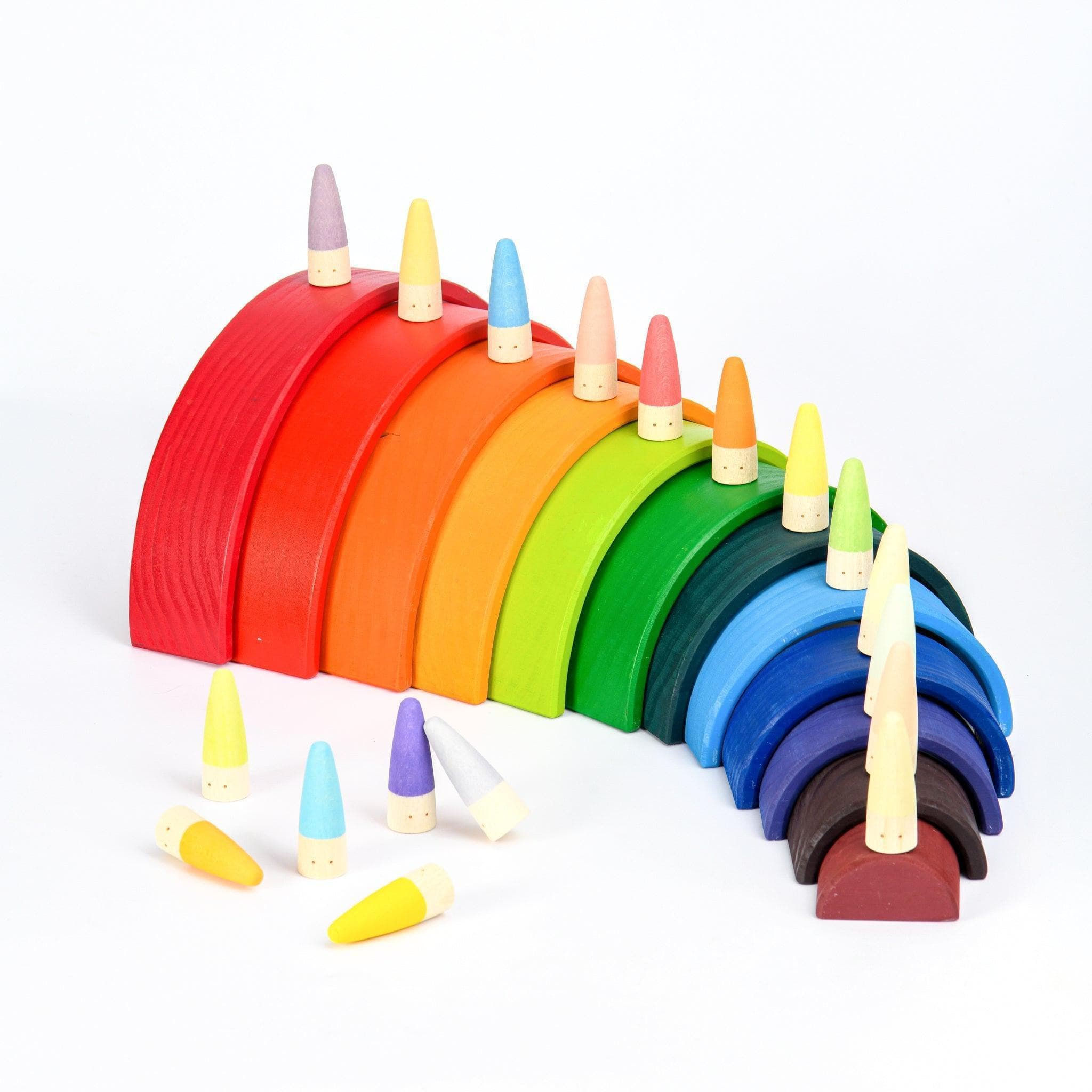Improving Fine Motor Skills: Cards Challenge
Fine motor skills are essential for a child's growth and development. Although each child develops these skills at a different pace, most fine motor development occurs between the ages of 6 and 12. Fine motor abilities are built upon a few physical abilities that serve as a foundation for arm and hand control, and they progress differently for each child based on their developmental stage.
The following list of fine motor skill achievements can be expected at various ages:
Infants learn to develop fine motor skills through reflexes. They can hold onto a person's finger with their hand in a "palmar hold." By the time they're 12 months old, they can exchange toys between their hands and pick up objects with a pincer hold using their thumb and one finger. Some babies may not reach these milestones due to inadequate muscular control and growth.
Toddlers learn through play, and understanding that different items have varied weights and sizes is a crucial skill that they develop. The following toys and games can aid in the development of fine motor skills:
- Building towers with bricks
- Drawing with crayons, colored pencils, and pens
- Attaching beads and buttons to ribbon and string
- Playing with Play-Doh, particularly forming small balls or sausage shapes
- Paging through picture books

By this age, children have mastered some fundamental fine motor abilities, enabling them to hold a pencil, cut and paste, and build objects out of blocks. Children can construct more complex shapes than toddlers by manipulating materials like clay or dough, which can further enhance their fine motor skills. They can also learn to sustain things like paper when playing and drawing by using their non-dominant hand. Other exercises that can improve fine motor abilities include:
- Cutting a continuous line with scissors while writing their name and the digits 1-5
- Using zippers and buttons independently
- At this age, a poor pencil grip or irritation with pencil holding may hinder development.
Children in elementary school are required to perform tasks that require the use of fine motor skills, such as:
- Cutting shapes
- Following guidelines
- Writing letters and numbers accurately within lines
- Tying their shoelaces independently
- Developmental coordination disorder (DCD), also known as dyspraxia, may cause a slower-than-normal rate of improvement in fine motor skills.
Ideas for Fine Motor Skill Development at Home:
- Encouraging children to play with small toys and playdough,
- Finger-painting, completing puzzles, and threading beads onto pipe cleaners can improve their fine motor skills.
It has been proven that a child's capacity from birth to a certain age is crucial to their overall physical and mental development. Parents should pay close attention to these abilities, especially with fine motor skills. We hope that sharing these tips has been helpful to our readers. Stay tuned for our next subject!












